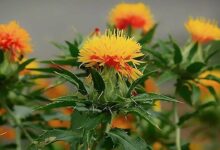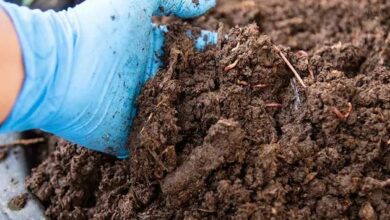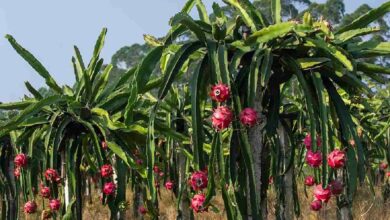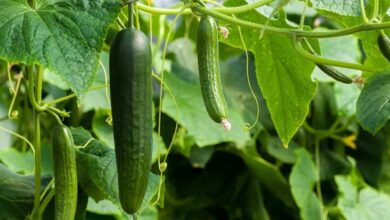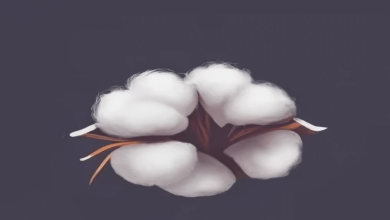Maize Farming: Cultivate maize with this method in Rabi season, and you will get bumper yield
Maize Farming: For Indian farmers, maize—also referred to as makkai or corn—is a vital crop. Coarse grains were quite important in the past, but their cultivation decreased with the Green Revolution and the growing need for rice and wheat. Cereals like maize are now being pushed once again as a result of shifting dietary patterns and growing health consciousness. In addition to being high in nutrients, millets are good for the environment since they need less water and fertilizer to grow.
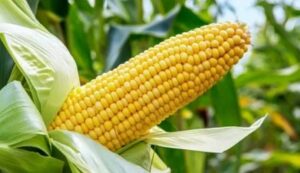
The Right Soil and Climate
The ideal environment for growing maize is said to be warm and moderate. The ideal temperature range for this crop is between 21 and 27 degrees Celsius. Although it may be cultivated in sandy loam and black soil, maize thrives on loamy soil that drains well. During the Rabi season, maize may be grown effectively with irrigation.
Field Preparation and Plowing
- Plowing: To remove weeds and soften the soil, the field should be plowed two or three times using a moldboard plough.
- Rotavator usage: To soften the soil after plowing, use a rotavator.
- Use of manure: Apply 10 tons of organic or cow dung manure per acre after plowing. As a result, the soil becomes more fertile and the plants get vital nourishment.
The Process of Choosing and Planting Seeds
- Seed treatment: To lower the crop’s chance of contracting any disease, the seeds must be treated before planting. Apply cyantraniliprole 19.8% or thiamethoxam 19.8% to the seeds at a rate of 6 milliliters per kilogram of seed.
- Time of sowing: October through November is when maize is seeded during the Rabi season.
- Maintain a 20–25 cm gap between seeds and a 60 cm gap between rows. The plants have enough room to flourish as a result.
Management of Moisture and Irrigation
45–65 days after seeding, check the soil’s moisture content and water it. In addition, keep the soil wet during the blooming and grain-forming processes.
Control of Weeds
The maize crop’s productivity is impacted by weeds that deprive the plants of nutrients. To achieve this, you need to sometimes pull weeds while the crop is growing. Additionally, the optimum amount of pesticides should be used to manage weeds.
Nutrition and Fertilizer
- The maize crop needs a balanced supply of potash, phosphorus, and nitrogen.
- Half of the nitrogen should be added during the first watering, and the other half should be applied throughout blooming.
- If the crop is lacking in certain micronutrients, such as sulfur and zinc, spray them.
The best types for the Season of Rabi
Improved maize cultivars created by the Indian Council of Agricultural Research (ICAR) are excellent for the Rabi season.
A unique kind of maize that may be cultivated effectively with irrigation during the Rabi season is Pusa Popcorn Hybrid-2 (APCH 3). This kind may produce up to 46 quintals per hectare and ripen in 103 days. Farmers in Maharashtra, Karnataka, Andhra Pradesh, Telangana, and Tamil Nadu may grow the pusa popcorn hybrid-2 type.
Advantages and Significance
For farmers, growing maize is a lucrative alternative. It is sustainable for the environment in addition to being advantageous economically. Grain maize is used for industrial purposes, food, fodder, and oil. Even in arid regions, this crop may be cultivated with success.
